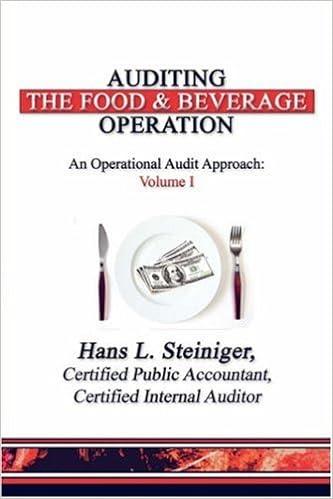Amortie Discount by Interest Method on the first day of its fiscal year, thert Company issued $11,000,000 of S-year, 10% bonds to finance the operations. Interest is payable serialy. The bonds were sunt at a marvet derfective interest 114, resulting in Ebert Company receiving cash of $10,585,42%. The company uses the interest method 3. Journalire the entries to record the following: 1. Sale of the bond. Round amounts to the nearest dobar. For a compound transaction, an amount bon does not require an entry, teave it blank. 10.5454 Discount on Bands Payable 414571 Bands Payable Cash ir minum arest payment, including amortisation of discount. Hound to the nearest dote for a compound transaction on ammut box does not require any, we Interest pense Discount on Honda Payable Cash 3. Second manus interest payment, including amortization of discount. Round to the newest coltar. For a compound transaction, an amount to dos retrouvent, we blank Interest Expense Discount on Bonds Payable B. Compute the amount of the band interest expense for the first year. Round amounts to the nearest dollar Annual interest paid 11 Discount amortired Discount on Bonds Payable Bends Payable 414,5 11.000.000 2. First semiannual interest payment, including amortization of discount, Round to the rest oftar. For a compound action, an amount box does regre.it Interest Expense Discount on Bands Payable Cash 3. Second seanual interest payment, includvig amortization of cont. Round to the nearest dollar. For compound transaction, it is an out to coes not renewe, we Interest Expense Discount on Bonds Payable Cash b. Compute the amount of the bond interest expense for the first year. Round amounts to the nearest dollar Annual interest paid Discount amortized $ Interest expense for first year c. Explain why the company was able to issue the bonds for only $10,585,427 rather than for the face amount of $11,000,000 The bonds sell for less than the face amount because the market rate of interest is the contract rate of interest. Investors that pay a lower contract rate of interest than the rate they could earn on similar bonds (market rate) Willing to pay the Mace amount to








